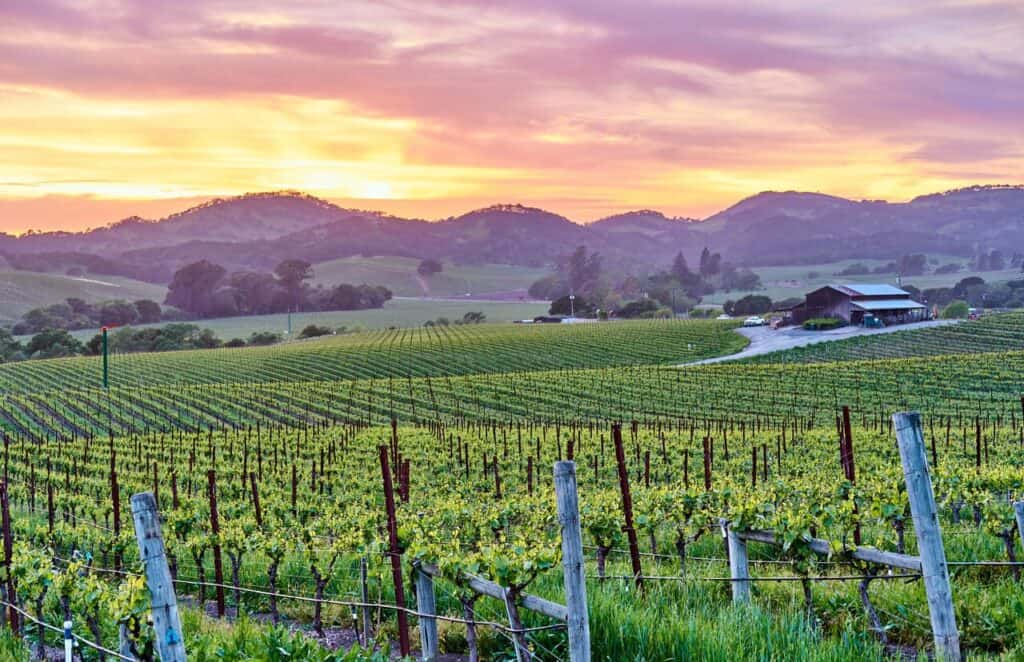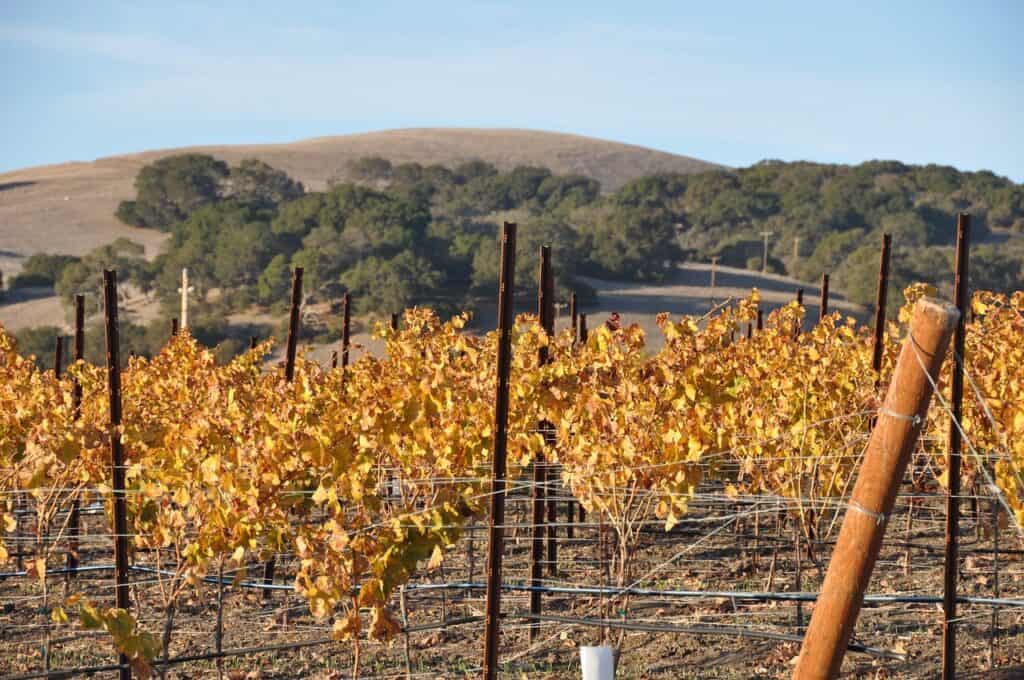We may earn money or products from the companies mentioned in this post. This means if you click on the link and purchase the item, I will receive a small commission at no extra cost to you ... you're just helping re-supply our family's travel fund.

The romance of Europe hasn’t disappeared, but something’s shifted. Between sky-high airfare, unpredictable strikes, and a surging dollar that doesn’t stretch as far as it used to, many travelers are rethinking the transatlantic hop.
At the same time, domestic destinations are stepping up. U.S. cities, parks, and coastal regions are offering food, culture, and scenery that rival Europe’s most beloved spots without the 9-hour flight or jet lag.
Let’s look at why this pivot is happening and where travelers are going instead because the “European feel” might be a lot closer than people think.
1. Cost, Crowds, and Currency Shifts

Even seasoned travelers are feeling priced out of Europe this year. Between surging hotel rates in Paris and flight costs that rival rent payments, it’s no wonder many are skipping the trip. The euro may not be as favorable as before, and countries like Italy and Spain are tightening tourist rules to curb overcrowding.
The Euro’s Grip on the Budget
When one euro translates to more than a dollar, even simple pleasures a cappuccino, a taxi ride start to sting. Many travelers are realizing they can get more for their money in U.S. destinations that deliver similar charm.
Where to Go Instead: Coastal New England
Historic towns like Newport and Kennebunkport deliver that cobblestone, harbor-side feel complete with fresh seafood, classical architecture, and boutique stays that echo the European Riviera vibe without the exchange-rate pain.
2. The Allure of “Local Luxury”

What travelers really want isn’t always distance – it’s discovery. There’s a growing appetite for “local luxury”: beautiful places that feel indulgent but accessible. From vineyard trails to art-driven small towns, Americans are realizing they don’t have to cross an ocean for sophistication.
Napa, Sonoma, and the Wine Route Revival
California’s wine country now rivals France’s in both taste and presentation. Boutique estates are swapping pretension for approachability, while newer wine routes in Virginia and Texas are attracting travelers who crave authenticity over elitism.
American Art Capitals Rising
Places like Santa Fe and Bentonville have redefined what cultural travel looks like. Galleries, culinary innovation, and design-forward hotels have turned these towns into experiences that rival Europe’s creative hubs.
3. Sustainability and Slower Travel

The pandemic rewired how people think about travel. Fewer want to tick off landmarks; more want to move slowly, stay longer, and leave a lighter footprint. Europe’s over-tourism problem especially in Venice and Barcelona has accelerated the shift toward meaningful, sustainable journeys closer to home.
National Parks as the New Alps
For those who crave sweeping landscapes, America’s mountain ranges deliver the grandeur once sought in the Alps. The Rockies, Cascades, and Appalachians are seeing record interest from travelers trading ski chalets for cabin stays and stargazing lodges.
Reconnecting with Heritage
Cultural roots trips are trending especially in places like Louisiana, New Mexico, and the Great Plains where travelers find deep, layered stories tied to American identity. It’s not just sightseeing; it’s rediscovery.
The Reawakening of the American Traveler
What this shift reveals isn’t anti-European sentiment; it’s a reawakening of perspective. After years of seeing the world through the lens of “elsewhere,” Americans are realizing how much beauty, culture, and history live within reach.
Travel in 2025 isn’t about escaping home; it’s about seeing it differently. Whether that means sipping wine under a California sunset or exploring cobblestone lanes in a New England harbor town, the grandeur people chase abroad might already be in their own backyard.